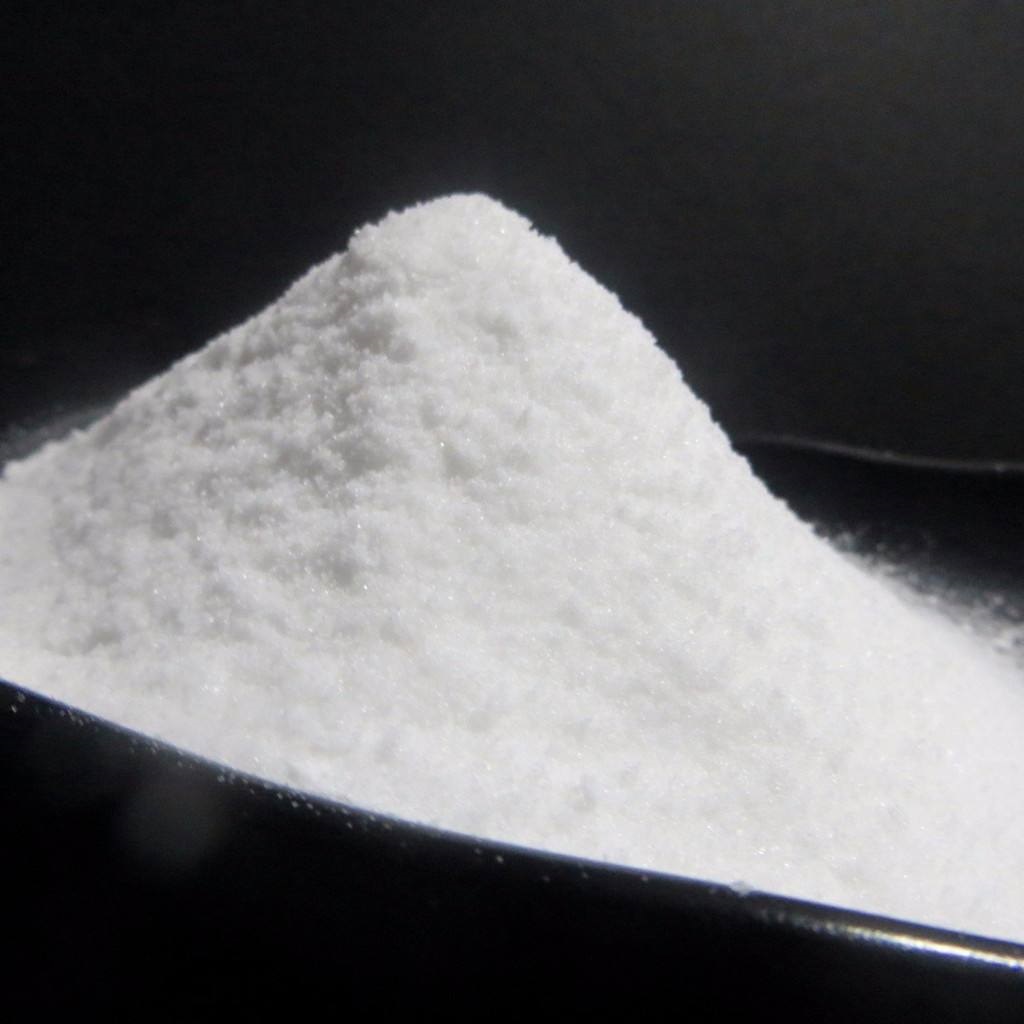Introduction to HydroxyethylMethyl Cellulose
Hydroxyethyl Methyl Cellulose is a non-ionic, water-soluble cellulose ether derived from natural polymer materials. It is widely used in a variety of industrial applications, but one of the most significant fields where Hydroxyethyl MethylCellulose plays a vital role is in the construction and building materials industry.
With the growing demand for eco-friendly and performance-enhancing additives in construction, Hydroxyethyl Methyl Cellulose has emerged as a critical component in dry mix mortars, cement-based plasters, tile adhesives, and more. KIMA CHEMICAL CO., LTD specializes in the development and production of high-quality Hydroxyethyl Methyl Cellulose tailored to meet the evolving needs of the construction sector.
Benefits of Hydroxyethyl Methyl Cellulose in Construction
Improved Workability
Hydroxyethyl Methyl Cellulose enhances the plasticity and workability of cement-based products. Its thickening and water retention properties provide a smoother and more uniform texture, making it easier for construction professionals to apply materials evenly across surfaces.
Water Retention Capabilities
One of the primary reasons Hydroxyethyl Methyl Cellulose is preferred in construction is its excellent water retention ability. This ensures longer open times and prevents premature drying, which is especially important in hot or dry climates. The controlled hydration process contributes to stronger bonding and overall durability.
Increased Adhesion and Cohesion
Hydroxyethyl Methyl Cellulose improves the adhesive strength of tile mortars and plasters. Its cohesive properties reduce sagging and ensure better bonding between substrates, especially vertical surfaces. This results in a more reliable finish and reduced risk of cracks or detachments.
Key Applications in Building Materials
Tile Adhesives
In tile adhesive formulations, Hydroxyethyl Methyl Cellulose acts as a thickener and stabilizer. It enhances slip resistance and open time, making it easier to place and align tiles accurately without slippage.
Cement-Based Plasters and Renders
Hydroxyethyl Methyl Cellulose improves the performance of plasters by offering better consistency, water retention, and adhesion. It prevents the formation of cracks during the drying process, especially on large surface areas.
Self-Leveling Compounds
For self-leveling floors, Hydroxyethyl Methyl Cellulose ensures uniform viscosity and flowability. It enables smooth spreading of the compound, reducing labor time and improving surface finish quality.
Exterior Insulation Finishing Systems (EIFS)
In EIFS applications, Hydroxyethyl Methyl Cellulose acts as a stabilizer, enhancing the durability and weather resistance of insulation boards and their adhesive mortars.
Technical Advantages of Hydroxyethyl Methyl Cellulose
Rheology Modification
Hydroxyethyl Methyl Cellulose modifies the rheological properties of mixtures, which helps in controlling viscosity and flow behavior. This is critical for achieving the desired consistency and finish in different types of mortars.
Compatibility with Other Additives
Hydroxyethyl Methyl Cellulose is compatible with most common construction additives such as defoamers, dispersants, and plasticizers. This allows for customized formulations to suit specific application needs without compromising performance.
Environmentally Friendly and Safe
As a cellulose-based polymer, Hydroxyethyl Methyl Cellulose is biodegradable and non-toxic, making it a safe choice for green construction projects. Its use can contribute to certifications in sustainable building systems such as LEED or BREEAM.
Why Choose KIMA CHEMICAL CO., LTD?
KIMA CHEMICAL CO., LTD is a trusted manufacturer and supplier of Hydroxyethyl Methyl Cellulose with a strong commitment to quality and innovation. Our HEMC products are tailored for performance in diverse climatic conditions and are rigorously tested to meet international standards.
We offer customized solutions for various construction applications, backed by technical support and R&D to help our clients achieve optimal performance in their building projects.
Performance Parameters to Consider
When selecting Hydroxyethyl Methyl Cellulose for construction, it’s important to consider key parameters such as:
- Viscosity: Determines the thickening effect and application properties.
- Degree of Substitution: Affects solubility and performance.
- Moisture Content and pH: Impacts storage stability and compatibility with other components.
KIMA CHEMICAL CO., LTD ensures strict quality control over all these parameters to deliver consistent and reliable results for our customers.
Storage and Handling
Hydroxyethyl Methyl Cellulose should be stored in a cool, dry environment in its original packaging. It is recommended to avoid exposure to moisture and high temperatures to maintain product integrity.
Proper handling guidelines must be followed to prevent dust generation and inhalation during mixing. KIMA CHEMICAL CO., LTD provides comprehensive safety data sheets and application manuals upon request.
Conclusion
Hydroxyethyl Methyl Cellulose plays a critical role in enhancing the performance of construction materials such as mortars, plasters, adhesives, and self-leveling compounds. Its unique properties — including water retention, workability improvement, and adhesion enhancement — make it an indispensable additive in modern building solutions.
At KIMA CHEMICAL CO., LTD, we are committed to supplying premium-quality Hydroxyethyl Methyl Cellulose that meets the evolving demands of the construction industry. Whether you’re developing tile adhesives or high-performance plasters, our technical expertise and customized solutions can help you achieve superior results.



